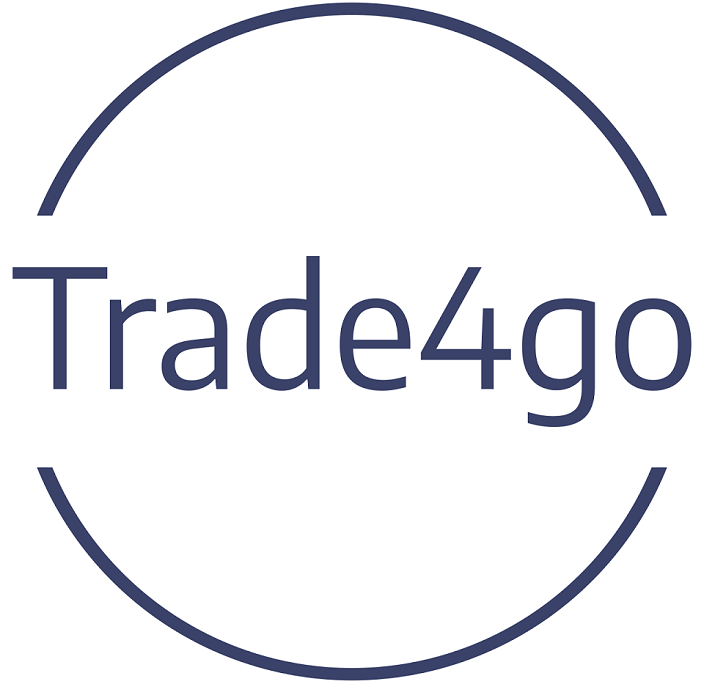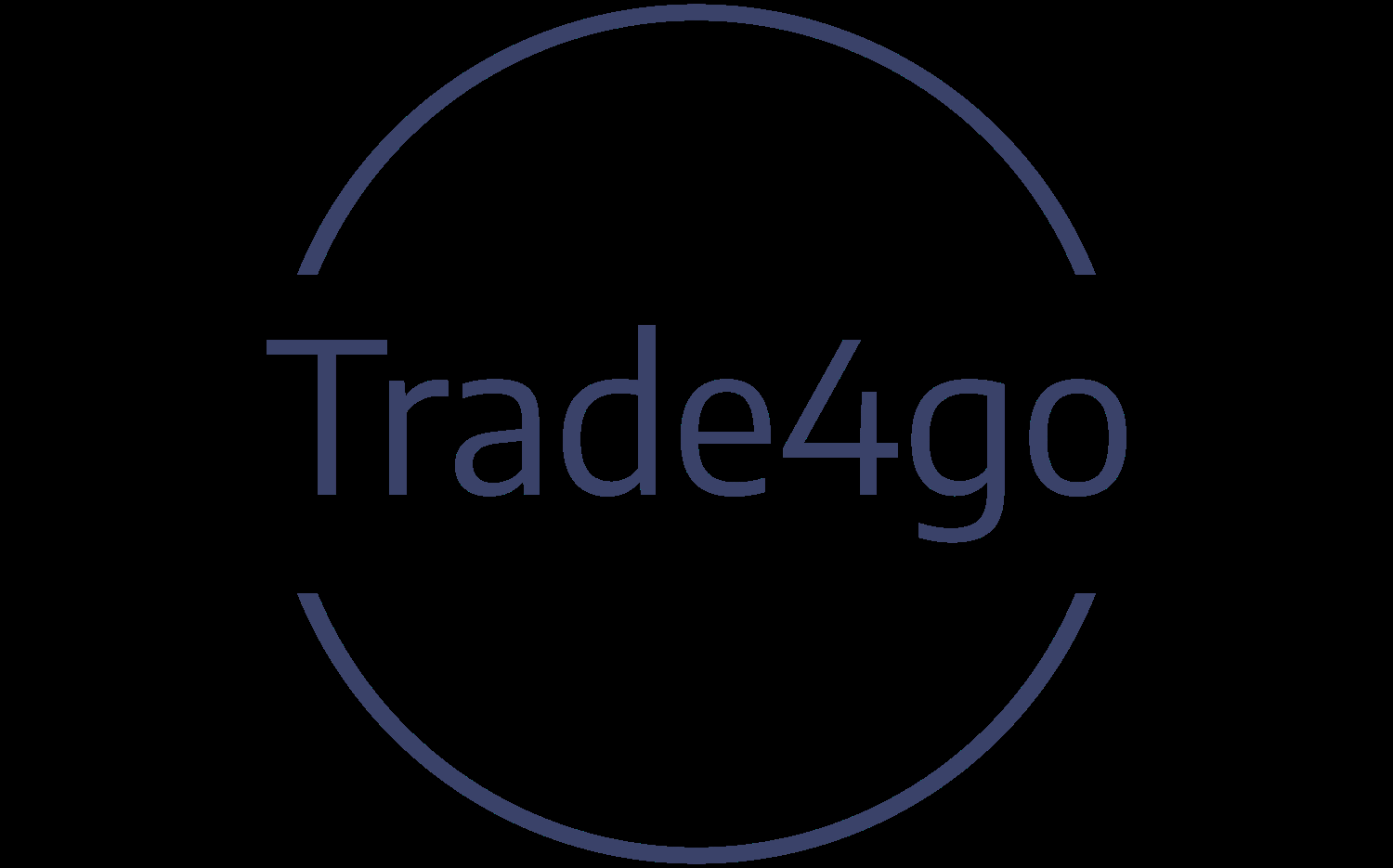

Trade4go
4 Follower
0 Products
Overview
Posts
Products
About
| Name | Trade4go |
| Address | Vietnam |
| Annual Sales Revenue | USD 5M~10M |
| Number of Employees | 11-50 Employees |
| Year Established | |
| Business Type | Farming / Production / Processing / Packing |
| Company Website | |
| Company Description |
Verification Details
Validated by Trade4go
Tips: Add verification details to be recognized as a trusted business partner.
Email verification:
Business registration number:
Name card:
Posts
View all🌿 Agarwood Oil Market Analysis: Price Trends & Global Outlook (2025)
Agarwood oil (Oud oil) remains one of the world’s most precious natural fragrances—derived from the resinous heartwood of Aquilaria and Gyrinops trees. As global demand expands across perfumery, cosmetics, and traditional medicine, price movements reflect both scarcity of raw material and regional production dynamics.
🔹 1. Global Market Overview
The global agarwood oil market was valued at around USD 280–320 million in 2024, with projections to reach USD 450 million by 2030, growing at a CAGR of 7–8%.
Key producing countries: Vietnam, Laos, Cambodia, Indonesia, and India.
Top importing markets: UAE, Saudi Arabia, France, Japan, and China.
Main product types: Natural distilled agarwood oil, blended oud oils, and synthetic oud substitutes.
🔹 2. Price Trends (2024 → 2025)
Prices for genuine agarwood oil remain extremely volatile due to quality differences, distillation methods, and source origin:
Quality Grade Average 2024 Price Range 2025 Market Trend
Premium Wild Oud (Cambodia/Vietnam) USD 35,000 – 60,000 / kg Slight upward pressure (+3 – 5%)
Mid-Grade Cultivated Oud USD 7,000 – 15,000 / kg Stable to moderate increase
Blended / Commercial Oil USD 1,500 – 3,000 / kg Relatively stable
Synthetic “Oud” fragrances USD 50 – 200 / kg Increasing share in mainstream perfumes
Key price drivers:
Supply constraints: Limited natural agarwood trees and strict export controls (CITES-listed species).
Production cost: High energy and labor cost in traditional water distillation.
Demand surge: From niche perfumeries and Middle East luxury markets.
Sustainability programs: Cultivated agarwood farms increasing—but still years away from meeting full demand.
🔹 3. Regional Insights
Southeast Asia: Vietnam and Laos dominate high-quality exports; government replanting initiatives aim for sustainable harvest by 2030.
Middle East: UAE remains the global trading hub, with Dubai hosting major oud oil auctions.
Europe & North America: Rising niche perfumery demand for artisanal oud oil blends, though synthetic alternatives are growing fast.
🔹 4. Challenges & Opportunities
Challenges:
Illegal logging and counterfeit oil trade.
Complex certification and traceability under CITES.
Price opacity—many trades remain unreported or private.
Opportunities:
Cultivation & inoculation technology for controlled agarwood formation.
Blockchain-based traceability systems for premium buyers.
Growing B2B export platforms connecting verified distillers with global fragrance houses.
🔹 5. Outlook (2025–2026)
The short-term outlook suggests a continued firm market, especially for high-grade natural oud oils. Cultivated agarwood supply may moderate prices in the medium term, but scarcity and brand positioning will sustain the luxury premium.
Expected average 2025 price range:
USD 8,000 – 20,000 / kg (standard quality)
USD 40,000 / kg + (wild premium)
💬 Summary:
Agarwood oil will remain a luxury niche commodity, blending cultural heritage with modern fragrance innovation. Exporters focusing on traceable, ethically sourced oil stand to gain the most as global perfumery houses seek authentic origins.
Read more
1 Likes
16 views
0 comments
0 shares
Global Milk Powder Price Analysis
Powdered Milk Export Demand Remains Strong Despite Global Dairy Price Declines
At the fortnightly Global Dairy Trade (GDT) event held on October 21, the overall dairy price index declined by 1.4%, with the average winning bid price reaching USD 3,881 per metric ton (mt). Among the traded commodities, WMP prices fell by 2.4% to USD 3,610/mt, while SMP prices dropped by 1.6% to USD 2,559/mt. The decline in prices is largely attributed to ample global supply of milk powders.
Despite weaker prices, export demand, particularly for Oceania commodities, remained firm, supported by buyers taking advantage of lower price levels. During the GDT auction, North Asia emerged as the largest buyer of WMP, accounting for 58% of total volumes traded, followed by the Middle East at 20%. For SMP, demand was also steady, though prices declined as New Zealand SMP traded at a premium compared to European-origin SMP, making the EU more competitive. The majority of SMP sold at the event was destined for North Asia, followed by Southeast Asia/Oceania and the Middle East.
In the EU, WMP demand remains subdued as buyers continue to purchase only for immediate needs. Export interest is limited, prompting sellers to adjust offers to maintain competitiveness. SMP export demand is muted, and inventories are sufficient to meet current contractual obligations. In South America, demand for WMP remains steady, although contractual sales have constrained spot load availability from some producers. Meanwhile, SMP has consistent demand from both spot and contractual buyers.
More at: https://trade4go.com/weekly-product-update/w43-2025-milk-powder
Read more1 Likes
8 views
0 comments
0 shares
Videos
Videos
There is no data to be shown yet.
Our People
Representatives

Trade4go
Welcome your messages
4 Followers
0 Products
I'm pleasure to see your messages.
Why Us?
There is no data to be shown yet.
Contact Supplier
Representative

Trade4go
Welcome your messages

